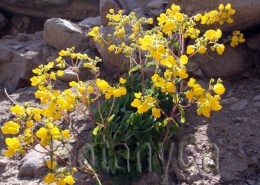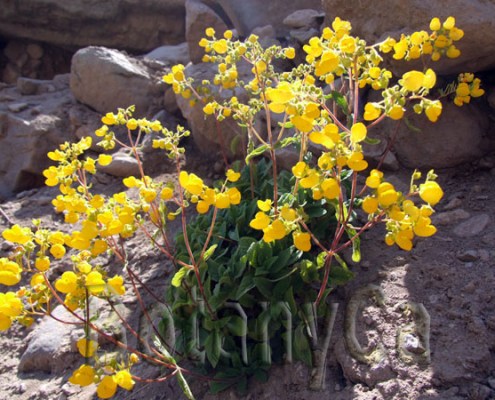A recount of our trekking trip on the Inca trail to Machu Picchu – part II
We were just starting on the second day to eventually reach the highest point on the Inca Trail: Warmiwañusca Pass (in translation Dead Woman’s Pass) at 4265 m. But before getting there we passed through what’s called a ‘submontane, subtropical humid forest’ or strait said cloud forest. At some point, the trail was followed, sometimes on both sides, by small, contorted trees with a specific, flaked, cinnamon bark. You could feel it is something special and slow down a bit – it was like walking through an enchanted forest, from a fairy tale and hope it never ends!
The genus Polylepis has 27 species of trees and shrubs with an Andean distribution (with 19 species in Peru) and belongs to the rose family (Fam. Rosaceae). All tree species in the genus Polylepis (Quenoa) are confined to the high tropical South American Andes Mountains, where they grow best at elevations between 3500 to 5000 meters! That’s why Polylepis is considered the highest naturally occurring arborescent angiosperm genus in the world!
Their contorted, twisted growth is due to the harsh environment they are growing in. Also the layered bark with lots of thin, reddish, exfoliating sheets and the congested disposition of the leaves on the branches are adaptations to the specific high altitude climate of the Andes.
Still under the Polylepis spell, you’ll feel that the climb becomes more arduous. But the scenery is ‘magnifique’ and there are lots of other plants you probably never saw. Some guides will be able to tell you a few of them, if not the proper identification can wait for later.
Such was the case of Brachyotum – a genus of shrubs endemic throughout the high elevations of tropical Andes. The one in the image, probably B. quinquenerve, has the most vivid deep violet flower colour. Who wouldn’t want it in the garden?
Toward the highest point of the Inca trail: Warmiwañusca Pass, which is situated at 4265 m, we entered the vegetation zone called the ‘Puna’. It is mostly grassland with various species like Stipa, Festuca and Miscanthus (of which about 48 species! are reported above 3000 m). It is very windy and cold, and there is a foggy, mysterious aspect of the nearby mountain slopes.
But when on the mountain, what comes up has to go down, so quite a steep descent follows next toward Pacasmayo valley. In some areas the trail becomes very wide, at times looking just like a weathered garden stone path; a very strange feeling knowing you are at 4000 m altitude in the Andes – walking through the Inca gardens in the mountains!
To be continued…















































































































































































































































